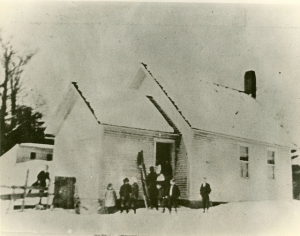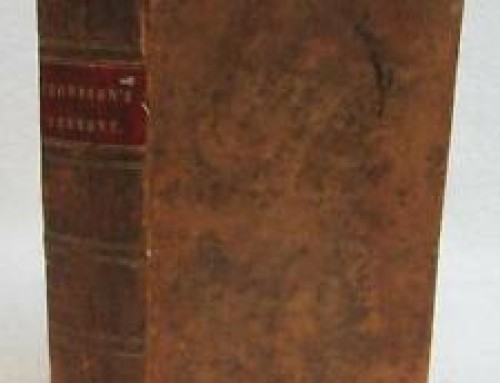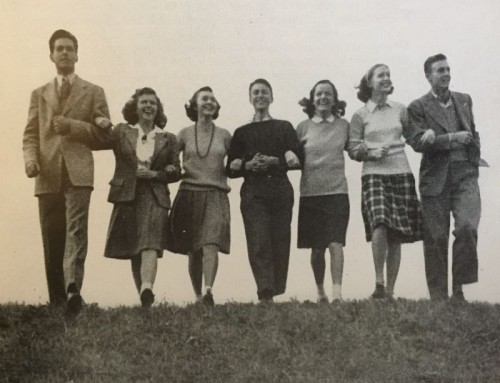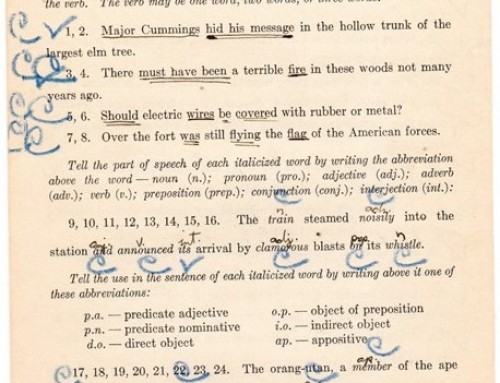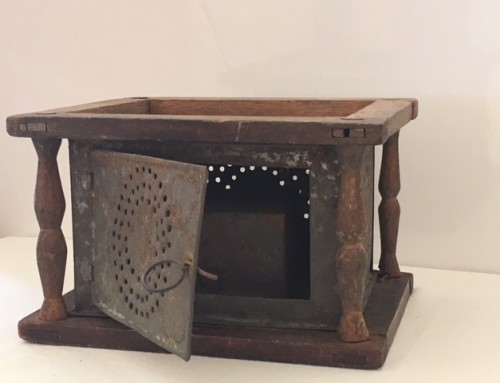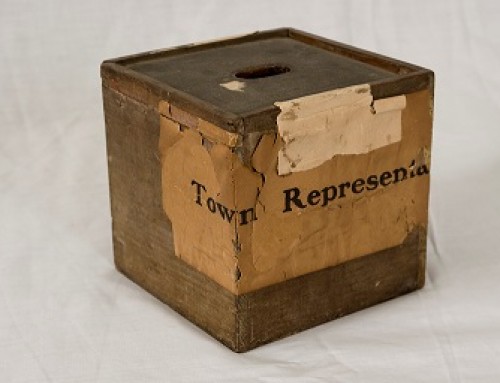This hearse was purchased by the Town of Norwich in 1901 from George L. Brownell for $500. Charles F. Lewis was the driver and was paid $30 for his yearly services.
Among the first orders of business for Norwich’s early settlers was to designate a burying ground. Norwich would eventually have 11 cemeteries spread throughout town as well as numerous family cemeteries. The first known interment was in 1770, the twin Slafter boys, who died just nine years after the town was chartered.
Old cemeteries can reveal the impact of past epidemics on a community. Norwich worked hard to avoid a smallpox epidemic by voting at town meeting to provide for the inoculation for smallpox….by the Selectmen! Unfortunately Norwich did not remain free of smallpox–In 1797 there was a pest house (and nearby graves of smallpox victims) near Beaver Meadow. The birth and death records at the Town Clerk’s office provide something of a medical history of Norwich. In 1798 around 30 people died of dysentary in the Pompanoosuc neighborhood. In 1842, around 25 children died from “canker rash,” or scarlet fever. Spotted fever, thought to be cerebro-spinal-meningitis, also took its toll.
From a Vermont Receipt:
Cure for Spotted Fever-To one quart of lime add one gallon of water. To one quart of tar, add two quarts of water. Let these stand in separate vessels until they froth, skim the froth, pour them together. To this mixture add eight ounces of saltpeter, four ounces of opium -take a glass when going to bed and repeat the same in four or five hours.
100 years ago the Spanish Flu swept the world. It came in three waves, the deadliest in fall of 1018. Norwich was not spared. Norwich Death Records reveal four casualties in October 1918 and the Hanover Gazette reported on more in the region. As was typical of Spanish Influenza, the Norwich victims were in their 30’s and succumbed after 12 – 13 days of being ill. Mary Hitchcock Hospital was so crowded that beds were placed in corridors and sunrooms. Dartmouth College reported 325 cases.
Schools were closed for five weeks. They had already been closed for many weeks in the spring while Whooping Cough made its rounds. The Turnpike Road schoolhouse teacher managed to keep classes in session by walking miles each day from house to house to teach individual lessons.
Norwich’s hearse reminds us that the men, women, and children who lived in our homes and walked our streets had the same sorts of joys and sorrows, hopes and fears that we have. The human condition spans generations.



